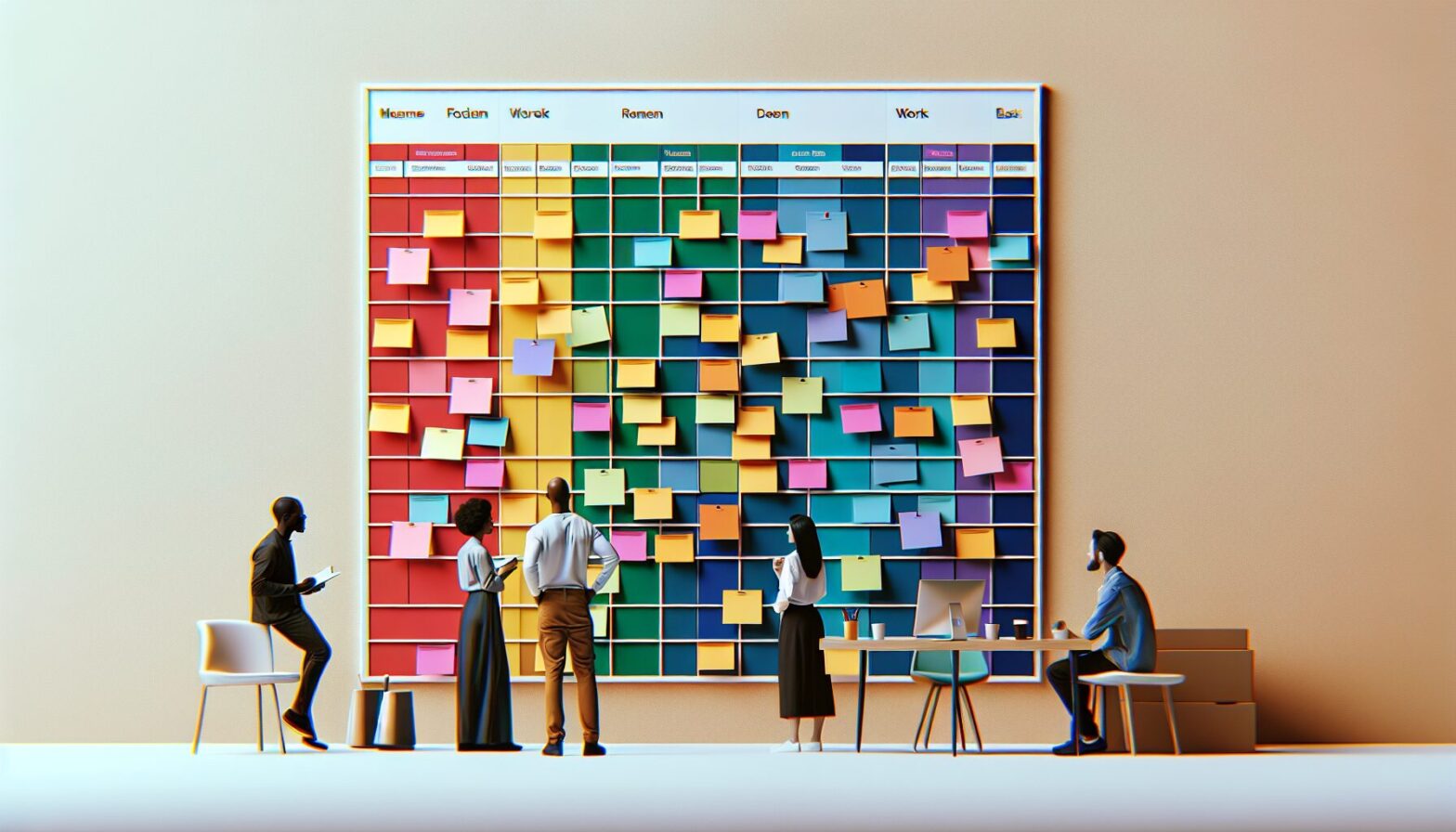Understanding the T-Card System: A Simple Yet Powerful Tool
The T-card system, at its core, is a straightforward yet remarkably effective method of visual management used widely across various industries. Originating from manufacturing and logistics sectors, T-cards are physical or digital cards organised on boards that represent tasks, resources, or time slots. The name derives from the ‘T’ shape formed by the card holder or the layout, which allows for easy visual tracking and updates.
Despite its simplicity, the T-card system offers a hands-on approach to managing complex workflows. It provides a clear snapshot of operations, helping teams stay aligned on progress, priorities, and deadlines. Unlike fully digital solutions that can sometimes be overwhelming or disconnected from frontline staff, T-cards blend tactile interaction with visual clarity, fostering collaboration and immediate understanding.
The adaptability of the T-card system has made it a staple in environments that require real-time updates and coordination. From healthcare wards tracking patient care schedules to construction sites managing equipment usage, T-cards have been instrumental in streamlining operations and reducing communication errors.
Transforming Traditional Industries Through Visual Workflow Management
One of the most exciting developments with the T-card system is its role in transforming traditionally manual and labour-intensive industries. In manufacturing, for example, T-cards help supervisors allocate tasks efficiently on busy production floors, quickly adapting to changes without disrupting workflow. This visual management reduces downtime and increases productivity by ensuring everyone knows exactly what needs to happen and when.
In the hospitality sector, hotels and restaurants have adopted T-card systems to coordinate staff shifts, track maintenance requests, and manage guest services. The tactile nature of T-cards makes it easy for staff members to update statuses instantly, improving communication between front-of-house and back-of-house teams. This leads to smoother service delivery and a better overall customer experience.
Even emergency services have integrated T-card systems into their command centres. By visually representing resource allocation and incident status, emergency coordinators can make faster decisions under pressure. This approach helps optimise response times and resource utilisation in critical situations, showcasing how a simple system can have life-saving implications.
Digital Evolution: The Modern T-Card System
While the traditional T-card system relies on physical cards and boards, the digital evolution of this concept is rapidly gaining traction. Modern digital T-card platforms combine the tactile ease of use with the power of cloud connectivity, enabling remote access, automated updates, and integration with other enterprise systems.
These digital solutions allow organisations to scale their visual workflow management effortlessly. For instance, large manufacturing plants with multiple shifts and locations can synchronise their T-card boards in real-time, reducing errors caused by miscommunication or outdated information. Additionally, data analytics embedded in digital T-card systems provide insights into bottlenecks and process efficiencies that were previously invisible.
Moreover, mobile compatibility means frontline workers can update tasks on-the-go using smartphones or tablets. This immediacy enhances responsiveness and ensures that management teams always have the latest operational picture. The fusion of traditional methodology with modern technology illustrates how the T-card system remains relevant and powerful in today’s fast-paced industrial landscape.
Conclusion: The Enduring Impact of the T-Card System
The T-card system exemplifies how simplicity can drive profound organisational improvements across diverse industries. Its combination of visual clarity, hands-on interaction, and adaptability makes it an invaluable tool for managing workflows efficiently. Whether in manufacturing, hospitality, healthcare, or emergency services, the system enhances communication, reduces errors, and boosts productivity.
The ongoing digital transformation of the T-card system ensures it will continue to evolve alongside technological advances while maintaining its core strength: empowering teams through clear visual management. As industries face increasing demands for agility and transparency, the T-card system’s blend of tradition and innovation offers a reliable foundation for operational excellence.
In summary, organisations embracing the T-card approach—whether physical or digital—are better equipped to manage complexity, improve collaboration, and deliver consistent results.
Notes
- The global visual management market is expected to grow significantly due to increased adoption of systems like T-cards.
- Companies using T-card systems report up to 30% improvements in task completion times.
- Digital T-card platforms reduce communication errors by integrating real-time updates accessible on mobile devices.
- Emergency services using T-cards have improved resource allocation speed by over 25%.
- T-card systems originated in lean manufacturing principles but have since expanded across multiple sectors.
